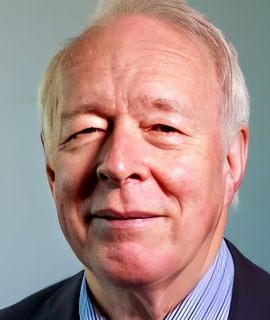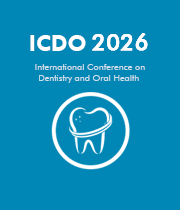Cavity filling
Cavity filling is an essential part of the dental health regime. To protect the teeth from the formation of cavities, a lost structure due to dental decay must be replaced. The dental filling replaces lost or damaged dental structure, strengthens the tooth, and prevents future damage. Cavities form when acids created by the combination of bacteria and food particles remove minerals from the tooth enamel and cause it to corrode. This process is known as demineralization and it is an irreversible part of this disease. If bacteria cannot be eliminated from your mouth, the decay process will continue and spread and eventually, the bacteria cause cavity formation. If left untreated, these cavities can become larger and extend into your mouth and even beneath your gum line, causing additional damage to your teeth and gums. When a dentist suspects a cavity, he or she will assess the extent of damage. Small cavities simply require traditional filling, which can be permanent and protect the tooth from further decay. For larger cavities, the dentist may recommend a root canal or an inlay or an onlay. Root canals involve removing the infected nerve, cleaning and sterilizing the tooth before sealing it again. This procedure can help save the tooth and helps restore it to its original structure and form. Inlays and onlays are partial artificial restorations. Cavity fillings are a great and effective way to protect teeth and prevent further damage from cavities, while also restoring tooth structure and strength. It is essential to visit your dentist regularly, practice good oral hygiene, stick to a healthy diet, and avoid eating sugary or acidic foods, to keep your teeth and gums healthy. Using fluoride toothpaste and mouth rinses is also a great way to prevent cavities and keep your teeth and gums in great shape.

David Geoffrey Gillam
Queen Mary University of London, United Kingdom
Christopher Turner
Spacemark Dental, United Kingdom




Title : Evaluating hygienist follow up for head and neck oncology patients in secondary care: Results from a two cycle audit
Peter Basta, Newcastle Dental Hospital, United Kingdom
Title : Atypical facial pain unravelled
Christopher Turner, Spacemark Dental, United Kingdom
Title : New treatment of temporomandibular disorder through muscle balance and muscle regeneration by activation of quiescent muscle stem cells( satellite cells) with mitochondrial dynamics
Ki Ji Lee, National Reserach Foundation & Busan Medical University, Korea, Republic of
Title : Cutaneous, Cranial, skeletal and dental defects in patients with Goltz syndrome
Ali Al Kaissi, National Ilizarov Medical Research Center for Traumatology and Orthopaedics, Russian Federation
Title : The nature and management of dental erosion in patients with bulimia nervosa
Maya Fahy, The Royal Victoria, School of Dentistry, United Kingdom
Title : A systematic review on the early detection of oral cancer using artificial intelligence and electronic tongue technology
Maryam, Kardan Dental Clinic, Iran (Islamic Republic of)